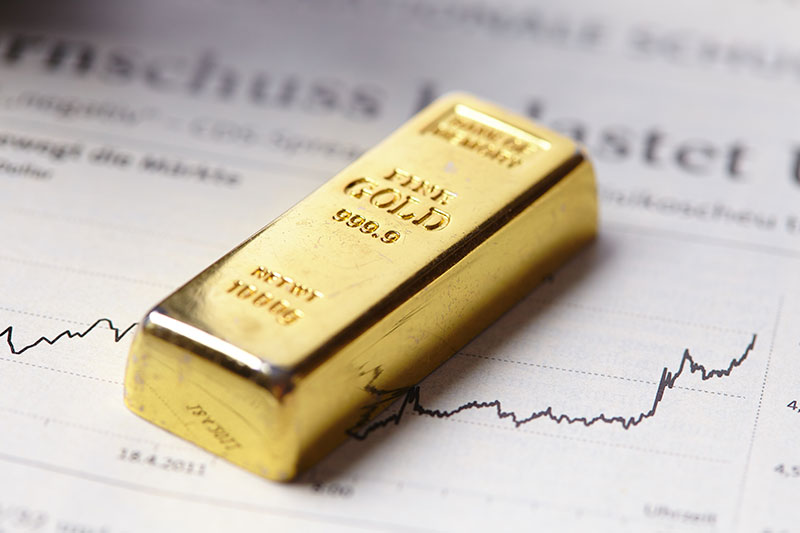In the intricate world of finance, few assets carry the weight and allure of gold. Renowned for its intrinsic value and historical significance, gold plays a pivotal role in global economies, serving as a safe haven during times of uncertainty and a hedge against inflation. Within the realm of the αγορα χρυσου, one significant player holds considerable influence: central banks. These institutions, tasked with regulating monetary policy and maintaining economic stability, wield substantial power in shaping gold prices and driving market sentiment.
Understanding the Dynamics of Gold Prices
Central banks profoundly impact the gold market through various mechanisms, primarily through their gold reserves and monetary policies. The dynamics of gold prices are intricately linked to central bank actions, which can either bolster or dampen investor confidence in the precious metal. As guardians of national wealth and financial stability, central banks’ decisions regarding gold can have far-reaching implications for global markets and economies.

1. Gold Reserves and Market Perception
Central banks hold significant gold reserves as part of their foreign exchange reserves, serving as a store of value and a symbol of economic strength. The mere announcement of changes in these reserves can trigger ripples across the gold market, influencing investor sentiment and price movements. Central banks’ buildup or reduction in gold reserves often signals their confidence or concerns about economic conditions, thereby impacting market perceptions of gold’s value.
2. Monetary Policy and Gold Prices
The implementation of monetary policy by central banks can directly influence gold prices. Measures such as interest rate adjustments, quantitative easing programs, and currency interventions can affect the attractiveness of gold as an investment asset. For instance, a lower interest rate environment tends to diminish the opportunity cost of holding gold, making it more appealing to investors seeking alternative stores of value.
3. Market Interventions and Stability
Central banks occasionally intervene in the gold market to stabilize prices or address imbalances. These interventions may involve buying or selling gold reserves, either directly or through financial instruments such as futures contracts. Such actions can temporarily influence supply and demand dynamics, impacting short-term price movements and market sentiment.
4. Psychological Impact on Investors
Beyond their tangible actions, central banks also wield a significant psychological influence on the gold market. Statements from central bank officials regarding economic outlooks, inflation expectations, or future policy directions can sway investor sentiment and drive speculative activity in the gold market. The perceived stance of central banks towards gold often shapes market sentiment and influences trading decisions.
5. Geopolitical Factors and Central Bank Policies
Geopolitical tensions and macroeconomic uncertainties can amplify the role of central banks in the gold market. During geopolitical turmoil or economic crisis, central banks may adjust their policies and positions on gold to mitigate risks and safeguard financial stability. As a result, gold prices may experience heightened volatility as investors react to changing geopolitical landscapes and central bank responses.
Navigating the Future of the Gold Market
In an ever-evolving global financial landscape, the role of central banks in influencing gold prices remains paramount. As guardians of monetary stability and custodians of national reserves, central banks will continue to shape market dynamics and investor sentiment in the gold market. Understanding the intricate interplay between central bank policies, economic fundamentals, and geopolitical developments is crucial for participants seeking to navigate the complexities of the gold market.

In conclusion, the influence of central banks on gold prices extends beyond mere economic indicators, encompassing psychological factors, geopolitical considerations, and market perceptions. As key players in the global financial system, central banks wield considerable power in shaping the trajectory of the gold market, making their actions and statements closely watched by investors worldwide.

